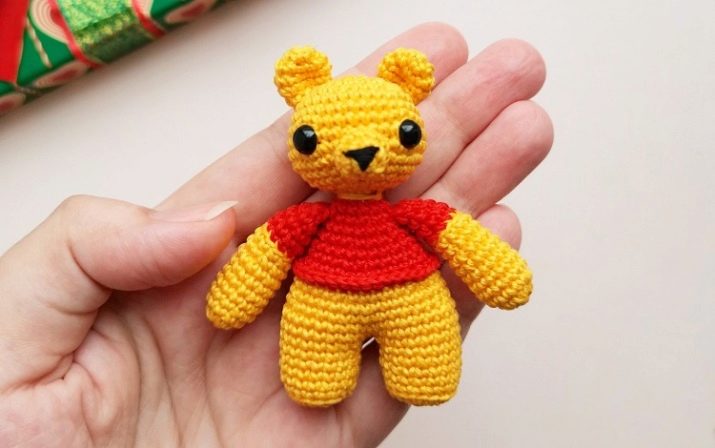Needlework

Needlework never went out of fashion, but from time to time a new wave of interest in creativity made this or that direction super relevant. Today, needlework is experiencing another round of popularity, thanks to social networks, including: beautiful accounts of craftswomen and craftsmen inspire more and more people to create. It remains only to choose what exactly will be the best nourishment for the soul.
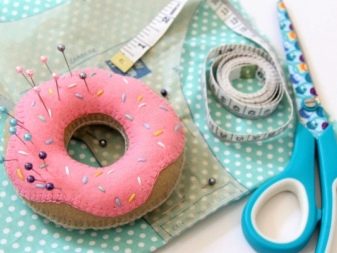

Classic views
This is something that does not lose its relevance, has a rich history and traditions. And in each such form there are many subspecies of its own.
Sewing
It appeared in the Stone Age, needles from animal bones and skins instead of fabrics, but the principle of joining parts for convenience in wearing on the body remains the same. However, not only clothes were sewn. Not everything sewn should be utilitarian, many things carry only a decorative mission, but they carry gracefully, incomparably.
If you want to get carried away with sewing, you need to start with a simple one: for example, making pillowcases for cushions. Then you can make a set on the table: a walkway, napkins, covers for the backs of chairs. Next, try yourself in sewing textile toys, and thus a niche will be found that you especially want to occupy.
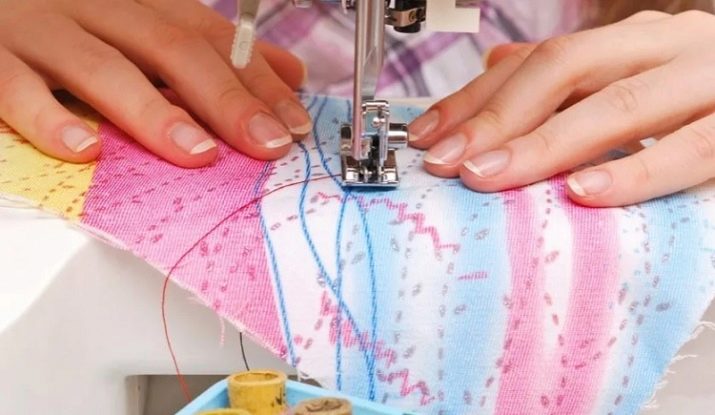
For arranging comfort in the house, patchwork (patchwork sewing) will be interesting. This is a textile mosaic compilation that requires diligence, perseverance, attentiveness, but the result is unusually good. Initially, you should not buy expensive fabrics: you can try to create something from leftovers, from old jeans, from unnecessary fur (fur coats already unusable). There is a special demand today for interior toys.
You can try different options, find your own style, add original elements to it, think over a presentation strategy.And then the hobby can be monetized - selling toys through Instagram, for example. An occupation for the soul is quite compatible with financial gain.
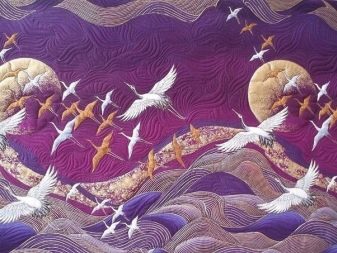
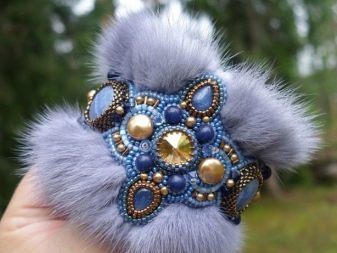
Knitting
Interest in knitting today is also due to the appearance of completely unexpected types and techniques.
- These include knitting on a luma... Lum is called a special device with cloves on which threads are strung. It can be a circle, plate, or rectangle. It is quite possible to knit on such a luma a warm, practical thing, and thin lace.
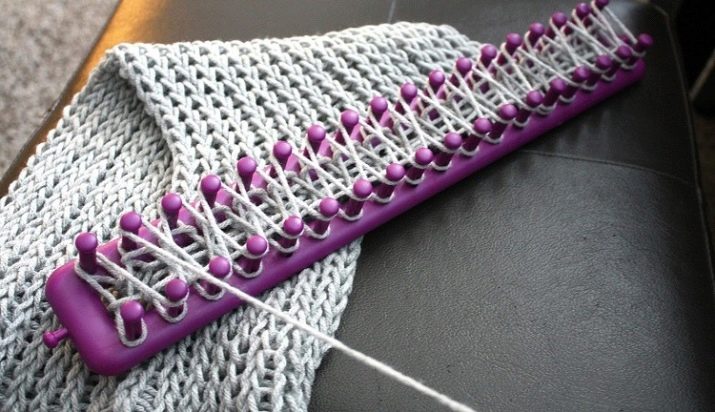
- They also knit on a fork (thick U-shaped wire)... First, threads are put on it in a certain way, then they are knitted with a crochet hook, which resembles a braid. Napkins, tablecloths and rugs, openwork forks are especially good.
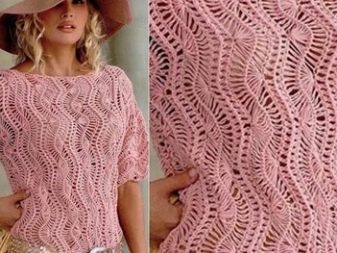
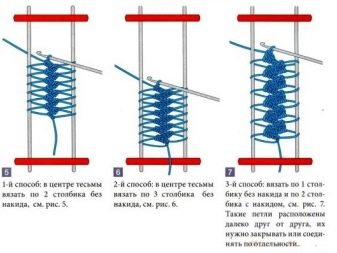
- The brumstick technique is also attractive. In addition to the usual hook, it needs a ruler or a thick knitting needle on which the loops are strung. Knitting is very fast, yarn is consumed sparingly, and finished products, which is especially important, are little deformed.
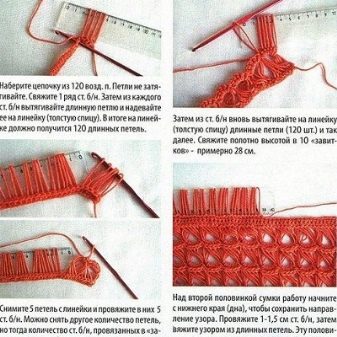
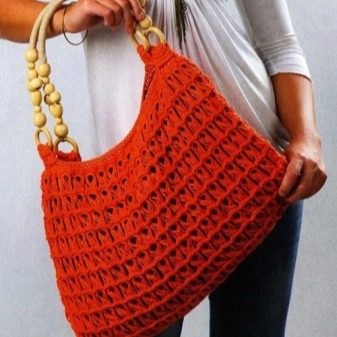
- Another cool technique is knocking, to work with it, a special hook is used, with a needle eye at the second end. The front and back loops in this technique can be crocheted. Most often, knocking allows you to knit bright scarves, mittens, socks.
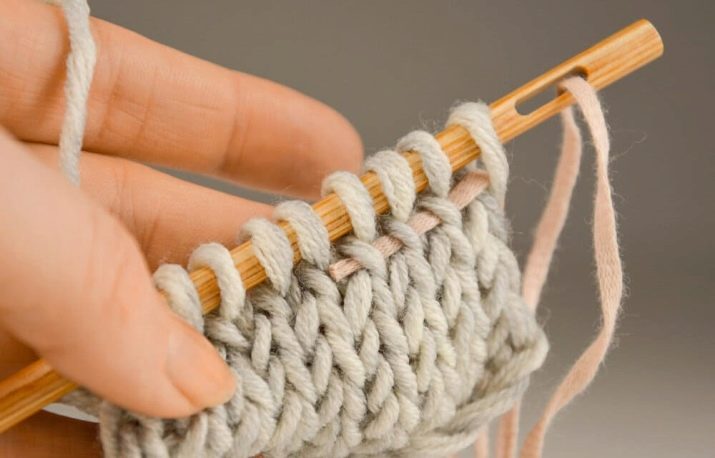
Embroidery
Previously, everyone knew two main variations of embroidery - satin stitch and cross stitch. Today, author's innovations in terms of embroidery appear almost every day. This is embroidery with ribbons, rhinestones, yarns of different textures.
It has become popular to choose some kind of niche, not just related to technology, but also to the theme, the style of embroidery. For example, someone is engaged in a miniature embroidery botanical illustration - embroider clothes with small daisies or leaves. Someone else embroiders only the national classical ornament, but decorates them with modern things: shoppers, bracelets, wallets.

Painting
It is still more interesting here, because you can even learn academic drawing online. Or you can attend a couple of master classes and already have a finished painting. Everything has become easier, drawing has become more accessible. And this despite the fact that it has always been in the lead in the list of artistic hobbies: which is not surprising, because drawing is a very therapeutic activity.
What types of drawing, techniques are of interest to beginners today:
- sketching - the art of quick sketches;
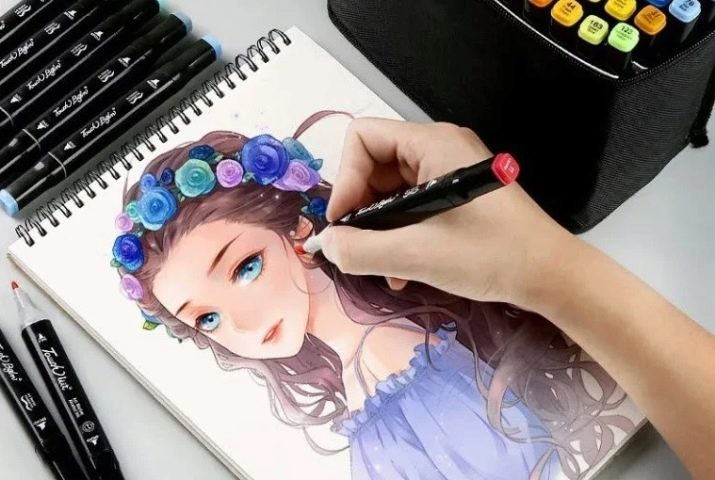
- monotype - drawing on glass using a soapy solution (an interesting imprint of a drawing on glass, which is transferred to paper;
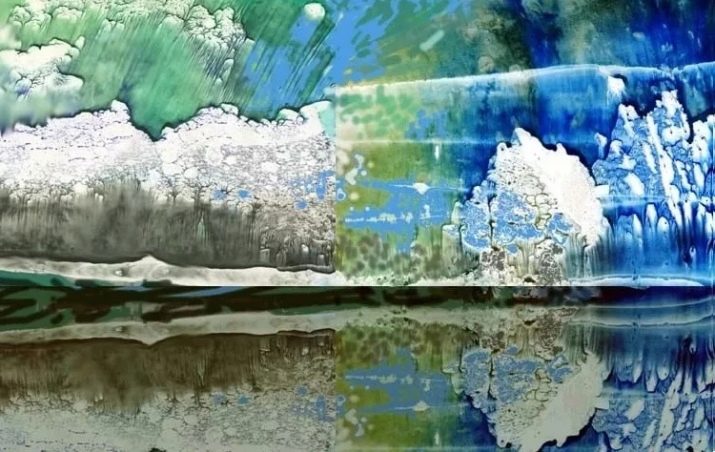
- painting on wood - this is closer to decorating, but even painting wooden figurines of cats can be accessible, interesting and promising;
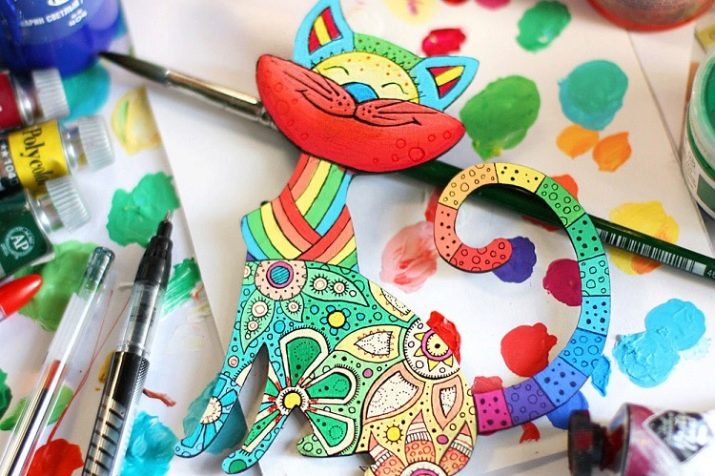
- drawing by numbers - far from classical teaching fine arts, but one of the easiest ways to guarantee a good result.
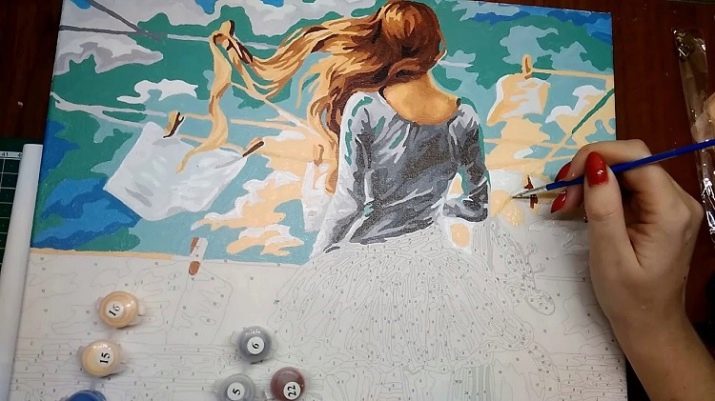
And again, many have a great interest in landscape sketches, food illustrations.
Weaving
A few years ago, a new macrame boom happened: from cord or thick yarn, everyone again began to weave beautiful panels and pots, make decorative curtains that could become the decor of a photo zone at a wedding. Now weaving is also used to create cozy home rugs - it's something at the intersection of knitting and weaving.
And ethno traditions also contributed to the creation of a new fashion in weaving: for example, they make tapestries, living rugs from plants based on branches. This is not a handicraft, the result of which will live for years, but it is a very interesting experience of interacting with living materials, plus, if you believe the tradition, which also has a sacred meaning.
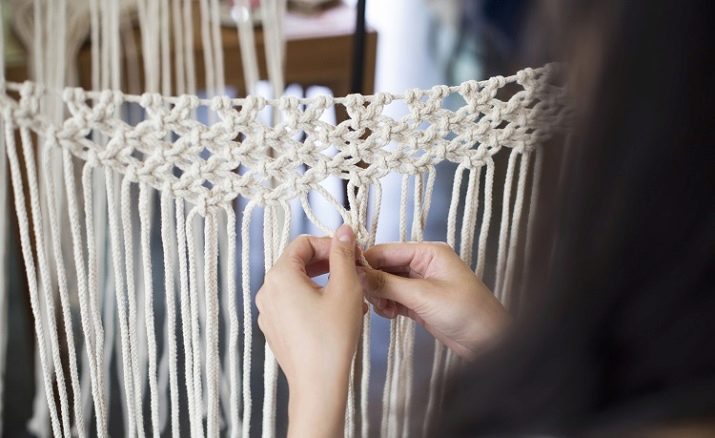
Wallow
Felting (or felting) is a handicraft that helps to create a drawing on felt or fabric from wool for felting, to make a panel, a volumetric toy, garments, decoration, etc. Only natural wool can be felt, that is, to form felt.Felting can be dry or wet: for the first, special needles with serifs are used, and for the second, liquid soap (or a special solution).
If you want to try something new in the world of felting, you should pay attention to nunofelting - wet felting of wool on silk. It turns out a unique artistic product with which you can make, for example, a scarf, any accessory, whatever.
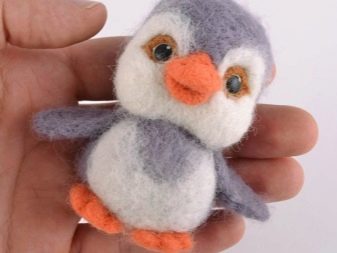

Decorating hobbies list
Here are those hobbies that will help to change familiar objects - this updates the interior, makes it more unique.
Stained glass
The most popular handmade technology is considered to be a stained glass jellied glass window: unlike glass painting, it has a relief contour. You will need stained glass paints, pigments and glitters, pastes and structural varnishes, a palette knife, thinners, a whole set of brushes, cotton swabs and much more.
First, a contour from a tube is applied to the glass, and the containers with paints cannot be left open for a long time - they will dry out, so after the contour they take up the color. The drawing must have a horizontal direction. Glass is degreased before painting. The finished product can be used to decorate interior doors, make a frame for a mirror, make decorative inserts in cabinet furniture, etc.

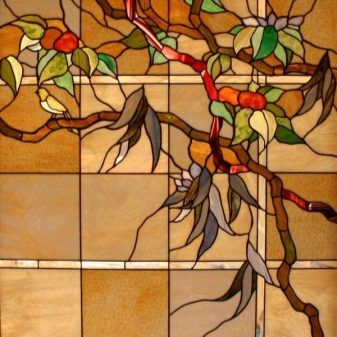
Decoupage
It can be classic (one cannot deviate from the list of tools and materials) and simplified, more accessible. In any case, decoupage comes down to decorating objects with images that are covered with a special varnish and create the feeling of a drawing or pattern akin to the surface.... Usually they start with napkins - remove the top layer of the napkin, cut out the pattern and stick it on a prepared surface, for example, bottles. Only first create a background on the latter. Using special varnishes and impregnations, you can create the effect of an old bottle, the effect of a cracked surface, etc.
Decoupage is usually carried away, first mastering small forms (the same bottles, boxes, containers for bulk products), later it helps to transform even furniture. Purchase special paper for decoupage, a set of brushes, varnishes, etc.
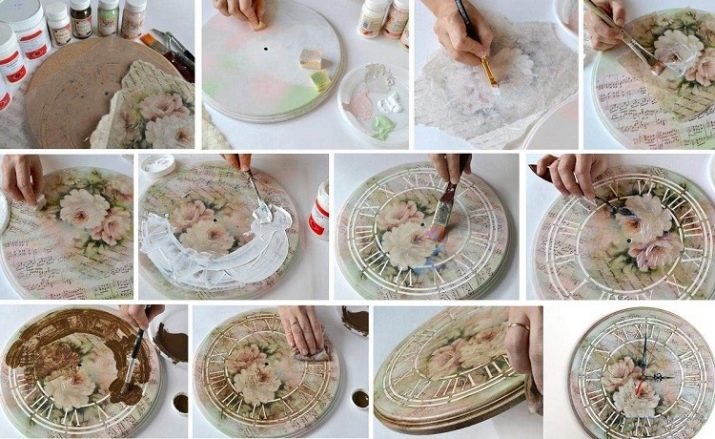
Origami
One paper crane is just a cute trinket. And 10 multi-colored paper cranes, which "flew" to a large beautiful branch - this is already a composition. And she will definitely find a place in the interior. And all thanks to the ancient art of origami. There is special paper for origami, but you can start with a regular color or design, pre-printed.
Modular compositions of origami elements today adorn photo studios, creative workshops, and just at home. The art of folding paper figures also develops logic, memory and abstract thinking.
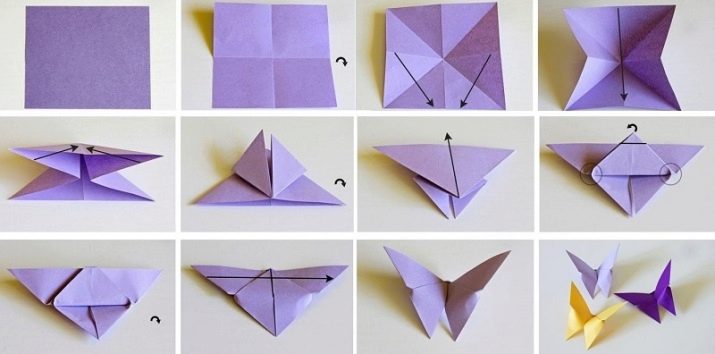
Scrapbooking
To put it very primitively, this is creativity about creating very elegant postcards.... In fact, scrapbooking works not only with postcards, but also with all kinds of surfaces - from diaries to gift boxes.
This is the art of layering, sophisticated design, combining a variety of textures and materials. To begin with, you will have to collect these materials, and for this, the needlewomen immediately acquire organizers that help to sort everything. By the way, decorating albums using the scrapbooking technique, you can turn a hobby into earnings - for example, albums of the first year of baby's life, wedding, family in creative hand-made design are in great demand.

Molding
Very often, young mothers begin to sculpt pictures from plasticine with a child and understand that this is real drawing with plasticine, that chic interior things can be made from this. If the modeling is voluminous, different materials are tried - for example, salted dough. This is a special creativity, because contact with fingers is very productive, such activities are great for psychological balance.
If you want something new, you can use not plasticine, not clay or dough, but cold porcelain.This is a special composition that allows you to make things that are unique in their characteristics - from toys to jewelry. Whoever wants to work on a plane must definitely try himself in creating plasticine paintings.
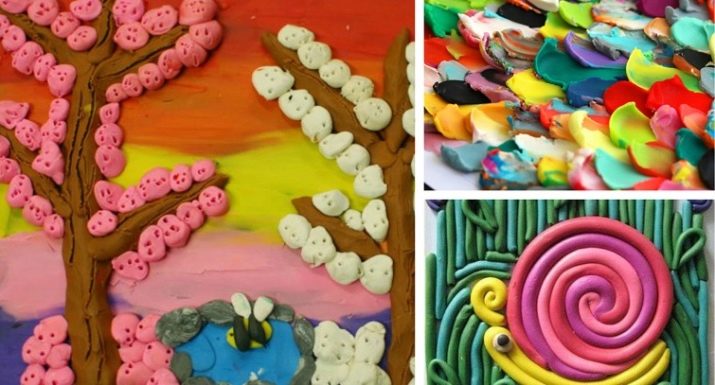
Painting
Also the type of creativity related to the most therapeutic. You can be not only a master of painting, but also a researcher: by studying, for example, traditional Russian types of painting on wood or ceramics, you can get to know the history better, shoe yourself in art history.
By the way, it is useful to refer to traditional techniques and genres for those who want to transform the interior. For example, the already universal, basic Scandi style will become more elegant if you add a little domestic flavor to it: instead of a Dal Carlian horse - a Russian nesting doll using the Khokhloma technique or a beautiful Zhostovo tray.
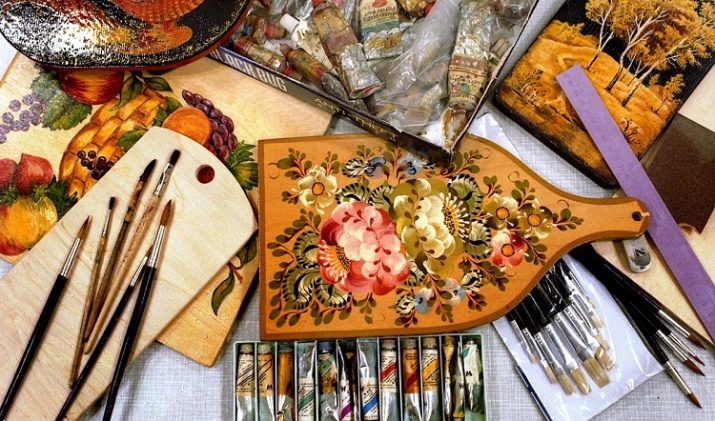
Burning out
It is a mistake to think that only boys are addicted to it.... Wooden products are in vogue today - they are actively produced and actively bought as interior accents. And you can start making such products yourself, only someone paints a tree, and someone burns on it.
It is better to start with children's kits: there is everything you need, and you can try yourself in burning without spending money on an expensive professional kit. And if you like it, slowly buy the device and other necessary things for a serious hobby.
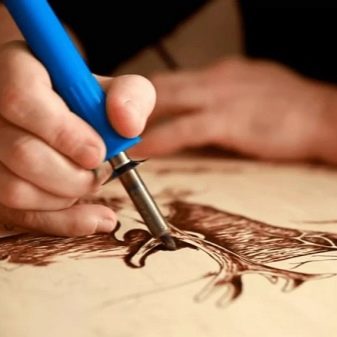

Weaving
Fabric creation is a sacred process for our ancestors. Working on a loom is not easy, but creating a unique, one-of-a-kind rug or bedspread is an experience that is hardly comparable.... Today, interest in looms is high, they are being made again, simplifying and offering simpler models (so as not to discourage beginners).
The creation of tapestry can also be attributed to weaving, it sounds loud, and for beginners it seems something not lifting, but they start with miniatures. For example, from small panels on the wall (in the same Scandinavian style). It's just as exciting as macrame.

Making dolls
The boom on them did not work at all. 10 years ago, if not all, then very many wanted to do tildes. Today, the emphasis is on designer dolls, when you do not copy ideas, but create your own, recognizable, special ones. They are sewn, and perhaps fundamentally from natural fabrics - such a product is fashionable today. For example, they sew a linen doll, inside of which there is fluff or even buckwheat, fragrant herbs.
Knitted dolls are also an interesting option, as are dolls created using the papier-mâché technique. The last example is especially fashionable because this technique, learned by everyone in elementary school in labor lessons, is also built on sustainable principles and allows you to create masterpieces at home.
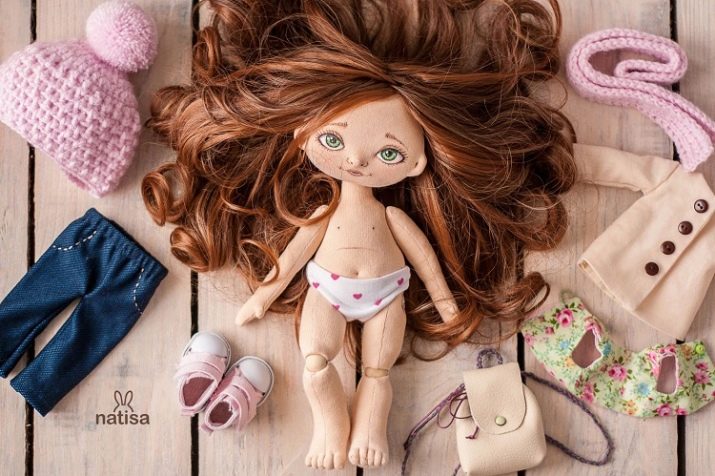
Floristics
Floristic design has also been known to many since school days. Now it is very simple to enter this topic - it is enough to collect some plants in the summer, dry them in semolina, and then glue them to a white watercolor sheet - and under the frame. And such a simple work, which will then take place over the kitchen table, will fall in love with the eye of all household members.
But plants can be "sealed" under epoxy resin, and then earrings and rings with flowers will become a beautiful reminder of summer. Herbariums are also a separate fashion related to floristry. The variations in how to maintain them, how to design them, are impressive, from books to Victorian-style notebooks.

New items
And a little more about those species, the names of which may not have been heard by everyone. But some of them can be practiced at home without special artistic skills. What could it be:
- temari - graceful embroidery on balls;
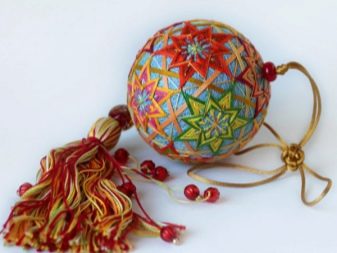
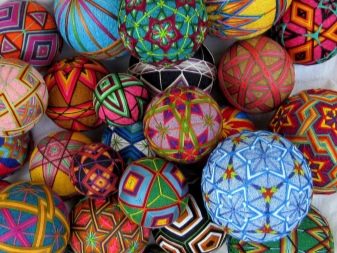
- ebru - drawing on water, you can work in this online, in front of the public, in front of people to create masterpieces;
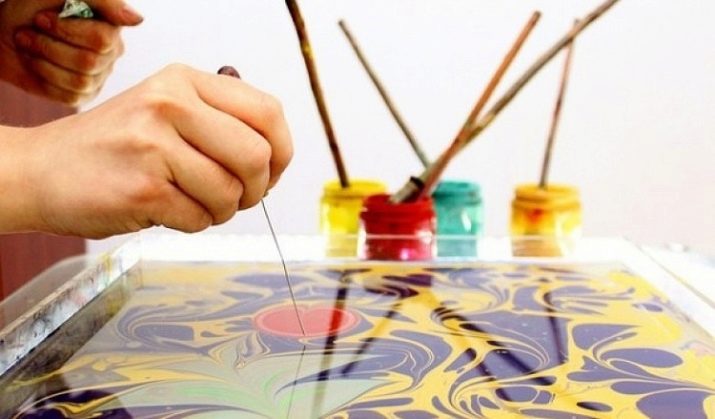
- wrong - drawing pictures using dry natural materials (leaves, branches, flowers);
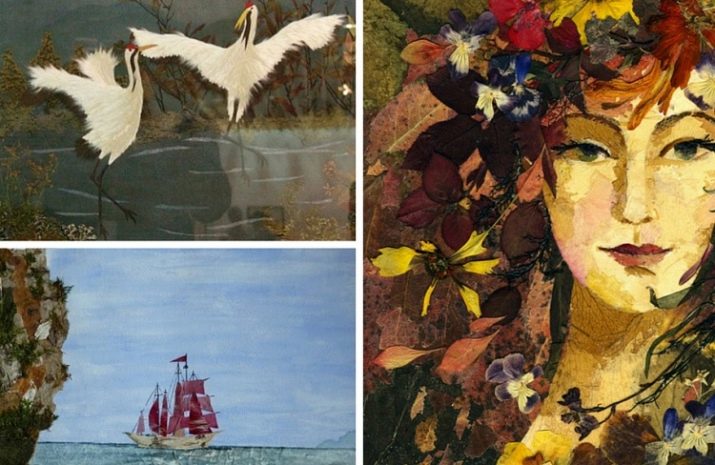
- skirts - the most interesting thing is that in this work, protective elements are created that protect fingers from injury while sewing;
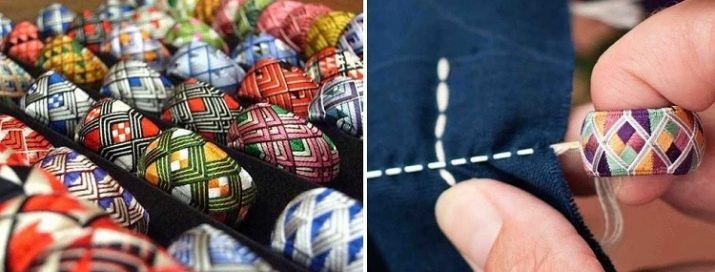
- kirigami - similar to origami, but this is not folding, but cutting out volumetric paper figures;
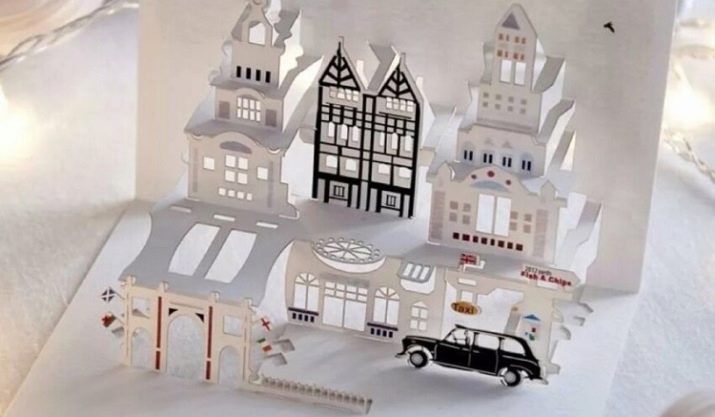
- amigurumi - knitting of cutest toys.
Some of the above is quite worthy of becoming a favorite handicraft. To create beauty with your own hands is inherent in a person at all times, which means that everyone can join this.
